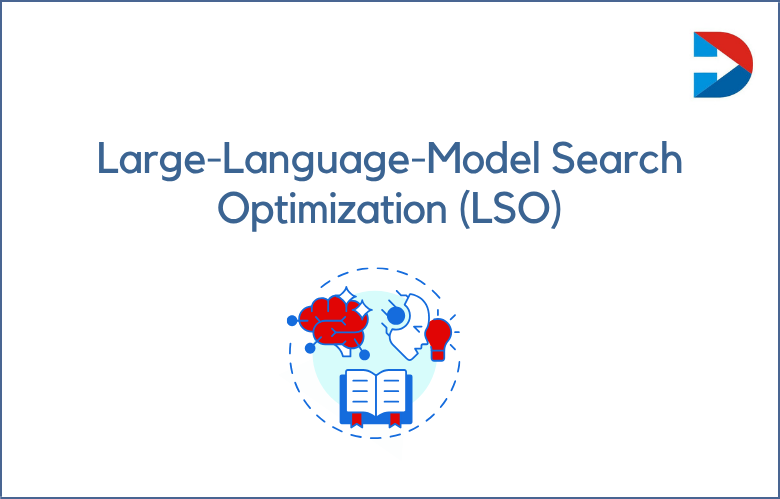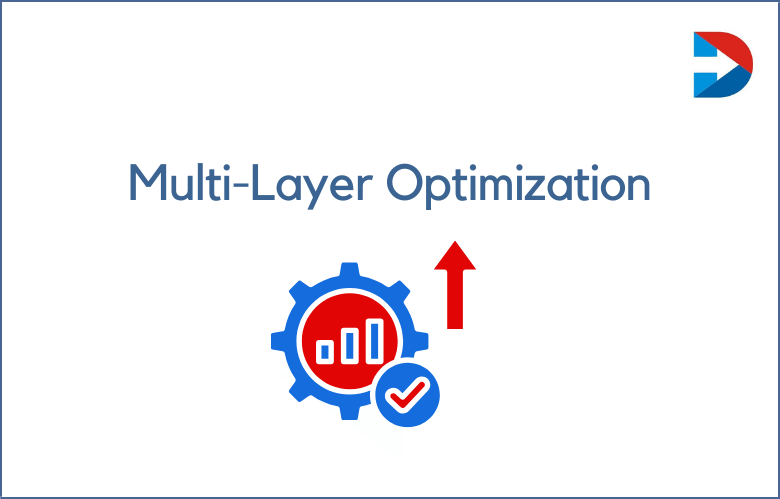Google Ads Attribution Models is the process of assigning credit to different marketing channels for conversion. Google has now created three attribution models designed to set a credit differently.
The first model, called the last click, assigns all the credit to the channel where the customer’s final click occurred before converting to your site.
This model provides accurate data for lead generation campaigns but not much else because it fails to account for customers who may have interacted with other channels before converting.
The next model, linear (also known as “first touch”), assigns equal weighting across all channels. It doesn’t provide insight into which medium was most effective at generating conversions, making optimizing your campaign strategy accordingly challenging.
What are Google Ads Attribution Models
Google Ads Attribution Models are used to measure the effectiveness of your ad campaign on your website’s traffic, leads, and sales.
Google Ads Attribution Models allow advertisers to analyze and optimize their Google Ads performance based on specific criteria.
Attribution models are a way to track marketing campaigns and see which ones impact potential customers the most. To do this, you create goals for various marketing campaigns where people must take action before they become counted as new customers.
Google Ads Attribution Models are based on the type of user interaction with ads. They help you see which component drove a specific action and how that relates to conversion data.
Attribution models are used to determine how much credit should be given to each marketing touchpoint in a campaign.
How attribution models in Google Ads work
Attribution models in Google Ads are based on the theory of the last touch. The final touch means that whichever channel is responsible for delivering your customer to you will receive 100% credit and be charged accordingly.
When advertising on Google Ads, it can be pretty challenging to determine if your campaigns are successful. For example, suppose that a search ad for “buy boots” appeared on the screen.
Attribution models in Google Ads help measure which channels work best for your business. When you sign up for Google Ads, they’ll ask how your conversion happened (“came from search,” “got referred by a friend,” or some other method).
Attribution models in Google Ads are a way to measure your ad’s performance. Say you spent $1000 on an ad with 10,000 impressions and 100 clicks.
Types of Attribution Models
The attribution models are direct, first-touch, last-touch, linear weighting, and time decay.
Attribution modeling is the process of determining which advertising channels are contributing to a purchase. Tracking and analyzing your digital marketing efforts is essential to know what works and how best to allocate resources.
One way of modeling Attribution is with the last-touch model. This approach attributes an impression to a user’s most recent channel or campaign.
First-Click Attribution
It is a type of Web analytics that measures the value of links from different channels.
First-Click Attribution is a method that Google Analytics uses to determine which traffic sources are the most effective. The rationale for this theory is based on the idea that users who arrive at a website through a direct click from another site will not only be more.
Many businesses make the mistake of attributing conversions to the last touch. Those conversions could be from the first interaction with your business days or weeks before that final click.
One of the most significant aspects of e-commerce is to analyze customer behavior. You can learn a lot from your customers by seeing what links they clicked on before making an order.
It is a strategy for spotting trends within the data gathered by the Google Analytics platform. It does this by showing you which link was clicked on during a user session and then dividing clicks into individual sessions.
Last-Click Attribution
The most common way to track conversion is through last-click Attribution. This method focuses on clicks that happen before an actual purchase takes place.
“Last click attribution is when you measure the success of your marketing efforts by the last touchpoint. This could be a banner ad, a call to action in an email, or even someone asking for directions.”
It is a linear application of sales attribution that assumes that all sales are made directly by an ad. In reality, the consumer may have engaged with multiple touchpoints before making a purchase decision.
If last-click Attribution is correct, you’re spending money to acquire customers who aren’t converting. This can be a problem because most companies want their marketing campaigns to be as cost-effective.
The significant metric to consider when it comes to marketing is last-click Attribution. With this method, the credit for a conversion goes only to whatever source was used in the last interaction before purchase.
Linear Attribution
Attribution is a method of apportioning credit or blames to individuals for their actions and inactions.
Linear Attribution models are not very complex. They’re mainly used for marketing, which is why they’re so simple to understand and use.
Linear Attribution uses a linear function to attribute credit across marketing channels.
Ensuring that the credit for success is always attributed to the correct people is essential. The most common issue is assuming that a single person can be held entirely responsible for success or failure when most situations are too complex.
Time-Decay Attribution
This is the process of attributing revenue to a particular period based on an exponential decay curve.
Using a time-decay attribution system gives you a more realistic view of your marketing channels.
Assign credit to the correct marketing channel by analyzing how much business was generated at each touchpoint.
Position-Based Attribution
The most common way to attribute conversions is based on the last click. This means you’re giving all the credit to the previous touchpoint, whether an ad or a page.
Using the new Position-Based Attribution, you can see your ads’ effectiveness based on where they appear.
Many marketers use position-based Attribution to determine how much credit a campaign deserves for conversions. This means they look at the ad’s position on a page and whether it appears above or below the fold to decide how much credit should go to each campaign.
This is a method of online marketing attribution. It assigns credit to the last touchpoint before conversions, such as an ad click or email.
Last Non-Direct Click
Last Google Ads Click
What is the problem with last-click Attribution?
The main problem with last-click Attribution is that it can hide the value of other channels. For example, When a user clicks on your website from Twitter and returns from Google to complete their purchase.
Last-Click Attribution is terrible because it doesn’t consider the other touchpoints that happened before a conversion.
Many people say that last-click Attribution is wrong because it doesn’t consider the other channels.
The problem with last-click Attribution is that it fails to recognize the value of other marketing activities.
How to find and build the Attribution Model
Find the attribution model that works for you. The default Attribution Model in Google Analytics uses the last non-direct click activity to attribute conversions, but many users prefer to use a different model.
Attribution modeling is a vital part of determining which channels are most effective for you. You can use this approach to measure your marketing efforts by setting conversion goals and attributing conversions over time.
Attribution models can be a tricky thing to get right, but they’re not impossible.
An attribution model is a way to attribute conversions that occur via multiple actions. For example, When you have an e-commerce client, they want to know how many people bought things after seeing their ads on Facebook and purchased.
How to Select An Attribution Model in Google Ads
You’ll need to select an attribution model at the end of your campaign. Dynamic Search Ads are based on last-click Attribution.
Part of the Google Ads interface is selecting an attribution model.
Google Ads Attribution Model benefits
The Google Ads Attribution Model is a great way to track customer activity in your store. It lets you see how much traffic came from which ad, the length of time the visitor stayed on your site, and their path through each page.
One of the reasons I like Google Ads is that it’s a great way to grow your audience. You can get more customers for free with Google Ads because ads are shown across its many platforms, from Gmail to YouTube.
The most important metric to track is how many sales have been generated by each customer. This is known as the Google Ads Attribution Model, which can be used daily, weekly, or monthly depending on what you want to monitor closely.
- It helps you understand the impact of your marketing efforts
- Allows for more accurate campaign performance tracking and analysis
- It gives a clearer picture of how customers are interacting with your ads across devices
- Know what ads are working best
- Make more informed decisions about ad spend and content
- Get a better understanding of your customer’s purchase journey
- Adverts are more targeted to the customer’s interests
- Ads can be tailored to specific devices, like mobile phones or desktop computers
- Google Ads will automatically optimize your budget and bids for you, saving time
- You will not require any technical skills or knowledge of web design
- Allows advertisers to see the impact of a campaign on a customer’s purchase
- It helps measure which channels are most effective for driving conversion and ROI
- Provides insights into what ads, keywords, or placements drive sales
- More informed decisions about your marketing budget
- It helps you measure the impact of all different channels, including offline and online advertising
- Allows for better allocation of resources to the most effective channels
- Increased visibility
- Decreased cost per acquisition (CPA)
- Better conversion rates
- Efficiently allocate your marketing spend to the channels that are performing best.
- Understand which ads are driving conversions and why
- Identify high-value customers who may be worth targeting with remarketing campaigns
- Google Ads Attribution Model will help you understand which channels are going through conversions
- It will also provide insights into the conversion path, including how users interact with ads and what other steps they take before converting
- You can use this information to refine your strategy and improve your ROI
- Simplifies the attribution process
- It prevents you from attributing clicks to an invalid source or campaign
- Allows for better forecasting and decision-making
- It helps marketers understand how their campaigns are performing
- It allows advertisers to understand the impact of their search and display clicks
- Helps marketers optimize ad spend by attributing conversions to specific traffic sources
- Provides a more accurate representation of marketing performance
Conclusion
Google Ads Attribution Models are the most important thing to understand in digital marketing. You must know your options for calculating Attribution, as this will determine which strategy you use and what data points are tracked. Thankfully our team of experts can help with all these things!
Reach out today if you want more information on Google Ads Consulting or any other aspect of online marketing. We have a set of services available – from SEO to PPC advertising campaigns – so we should be able to meet your needs, whether it’s driving traffic, generating leads, or increasing sales.



